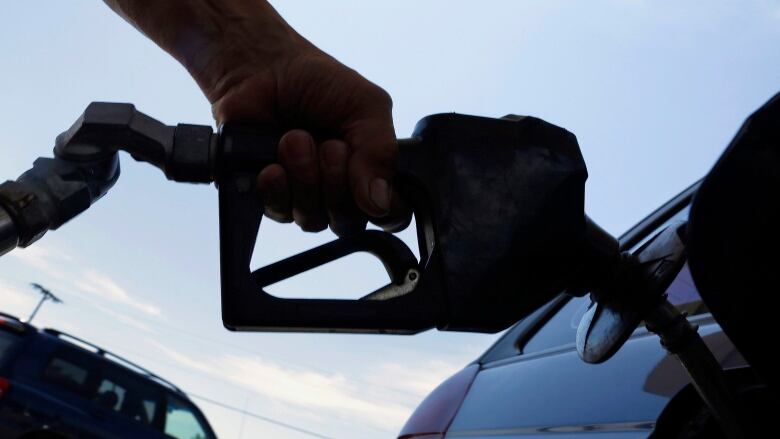Cheaper gas will save you money. But how much?
Lower gas prices will put billions back into consumers' pockets

Falling gas prices are expected to put around $12 billion back into the pockets of Canadian drivers this year. Its a big number that will help to juice consumer spending and buffer some of the economic harm from lower crude prices.
But what exactly does $12 billion look like on the ground?
To find out, lets go to the back of the envelope.
Oil is now trading in the neighbourhood of $50a barrel, less than half of its value last June when prices topped out around $108. The cost of gasoline, in turn, is now averagingin the low 90-centrange(with some wiggle room depending on where you live), down from a national average of $1.35 perlitre in the middle of last year. The difference translates tosavings of about45cents a litre on every fill-up.
What does that mean for the average Canadian driver? Lets get to know one a bit better. Well call her Jane Civic.
If Jane puts 40 litres into her tank at each fill-up, her savings each time she stops for gas, compared with last summer, add up to $18.
If she drives 16,000 kilometres a year, which is around the national average, shell log 308 kilometres in her Honda Civic each week. Given heraverage fuel consumption of7.9 L/100 kilometres, shell typically visit a gas station once every 10 days or roughly three times a month.
At $18a pop, shes saving $54a month on gas versus last summer. That will work out to $648this year.
Of course, thats just Jane making her daily commute in a fuelefficient sedan. Someone in a bigger vehicle, like a Ford F-150 or an SUV, will see even more of a break on fuel costs.
Based on current oil prices, economists at TD say the average Canadian household (which includes multi-car families) will save around $875 at the pumps this year.
Adding up all of the Janes in households across the country gets us to $12 billion. As for a cross-border comparison, economists at Goldman Sachs say lower gas prices will equate to a de facto tax cut of more than $125 billion for U.S. drivers.
What does an extra $648to $875 in disposable income per household mean for Canadas economy? It depends on whether the money is saved or spent.
For a subjective consideration of consumer spending options that lacks any coherent methodology, lets take a cross-country survey and see what we can buy:
- To see what your gas savings might get you in each province check out the map below. On mobile? Click here












_(720p).jpg)


 OFFICIAL HD MUSIC VIDEO.jpg)
.jpg)



























































































